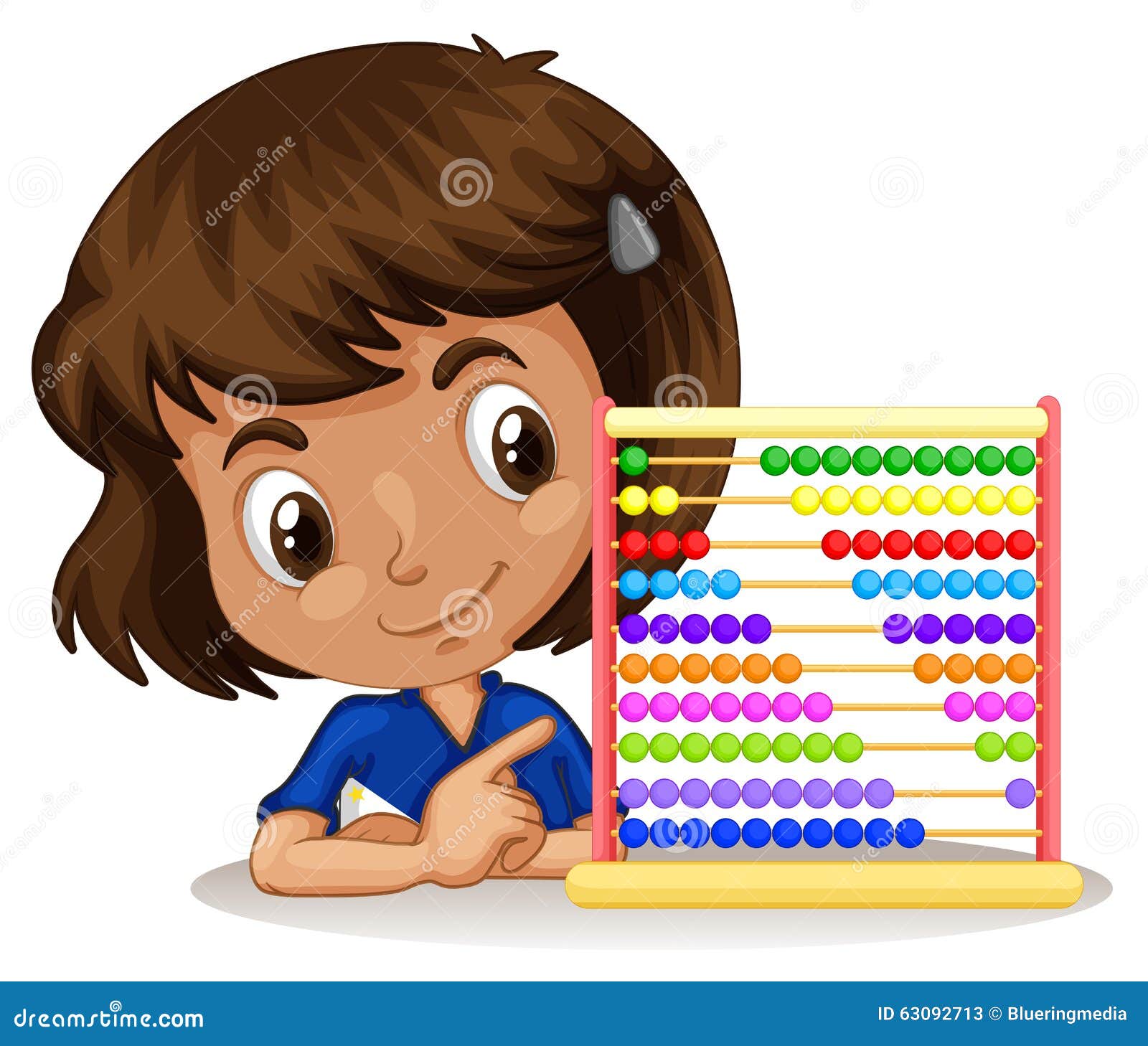
The beads shown in the patent description are spherical. Freeman D’Ossone of Philadelphia proposed a slate with a row of nine numbered beads that moved up and down on a wire in a frame with the slate (US Patent 119,332, dated September 26, 1871). In the 1870s and 1880s, at least three Americans took out patents for combination slates and abaci. The unsigned and undated instrument was given to the Museum in 1975. The beads are painted in the colors of the spectrum (red, orange, yellow, green, blue). There are two rows of wooden beads, with ten beads in each row. Both the piece of black slate and the wires of the numeral frame fit in a wooden framework. Slate with Numeral Frame Description This object combines two common tools of 19th-century American teaching: the slate and the teaching abacus or numeral frame.

Location Currently not on view ID Number 1979.0693.01 catalog number 1979.0693.01 accession number 1979.0693 Data Source National Museum of American History Roberts, Tools of American Mathematics Teaching, Baltimore: Johns Hopkins University Press, 2008, pp. This one has 8 parallel copper wires, each with 18 beads. Most early numeral frames had 12 or 10 beads in a row. The device was used to teach counting, simple addition, multiplication, and fractions. Some numeral frames were purchased and others homemade. S., where it began to sell commercially in the late 1820s. Educators from both France and England brought it to the U. In England, teacher and educational reformer Samuel Wilderspin promoted its use. Soldiers returning from Russia after the Napoleonic Wars introduced this kind of abacus into France. However, each bead represents a unit digit (unlike the abacus, where beads in different rows or columns have different place values).

They resemble a Russian abacus, in that beads move crosswise. Teaching Abacus, or Numeral Frame Description To teach children basic arithmetic, nineteenth century teachers used numeral frames like this one.


 0 kommentar(er)
0 kommentar(er)
